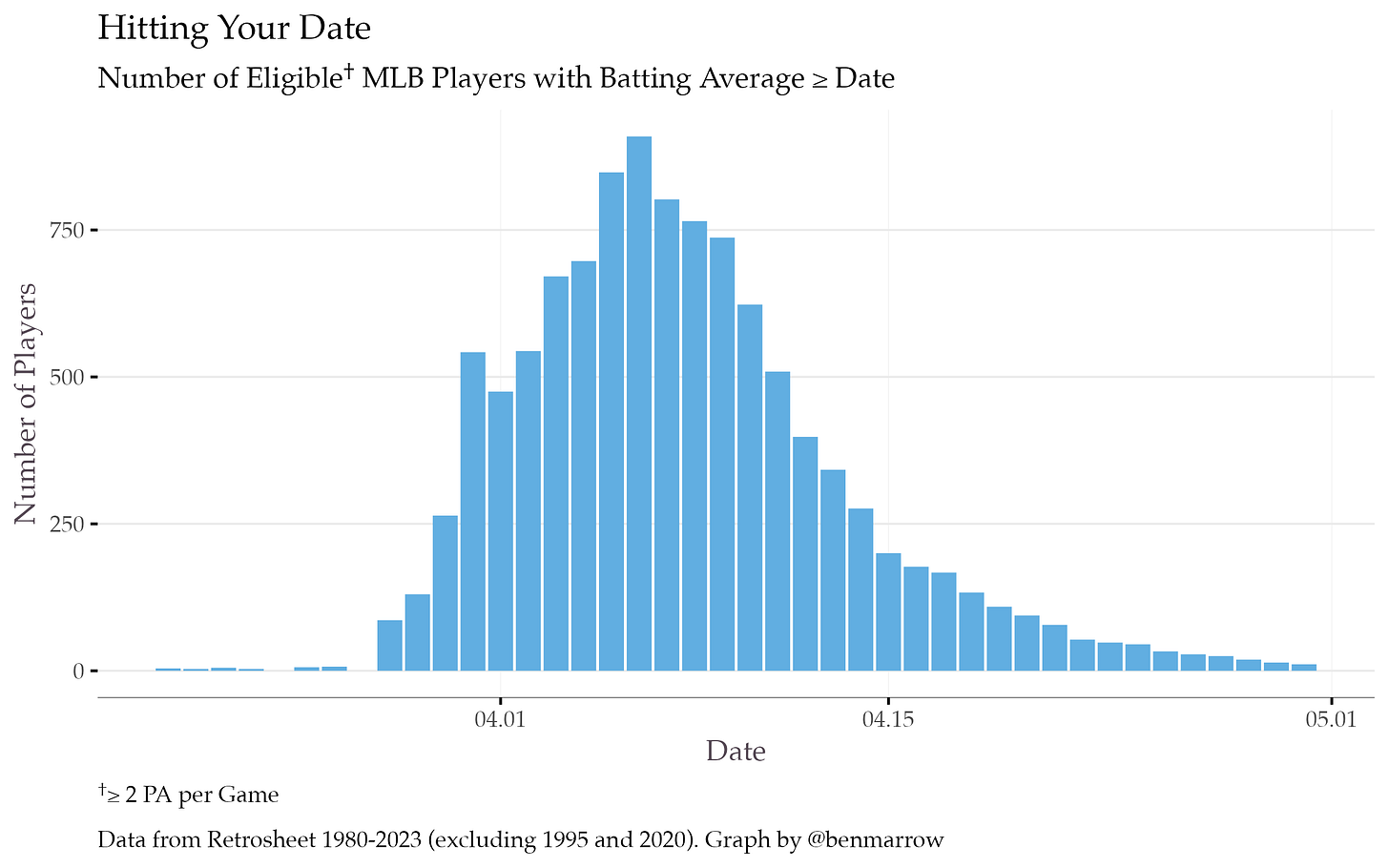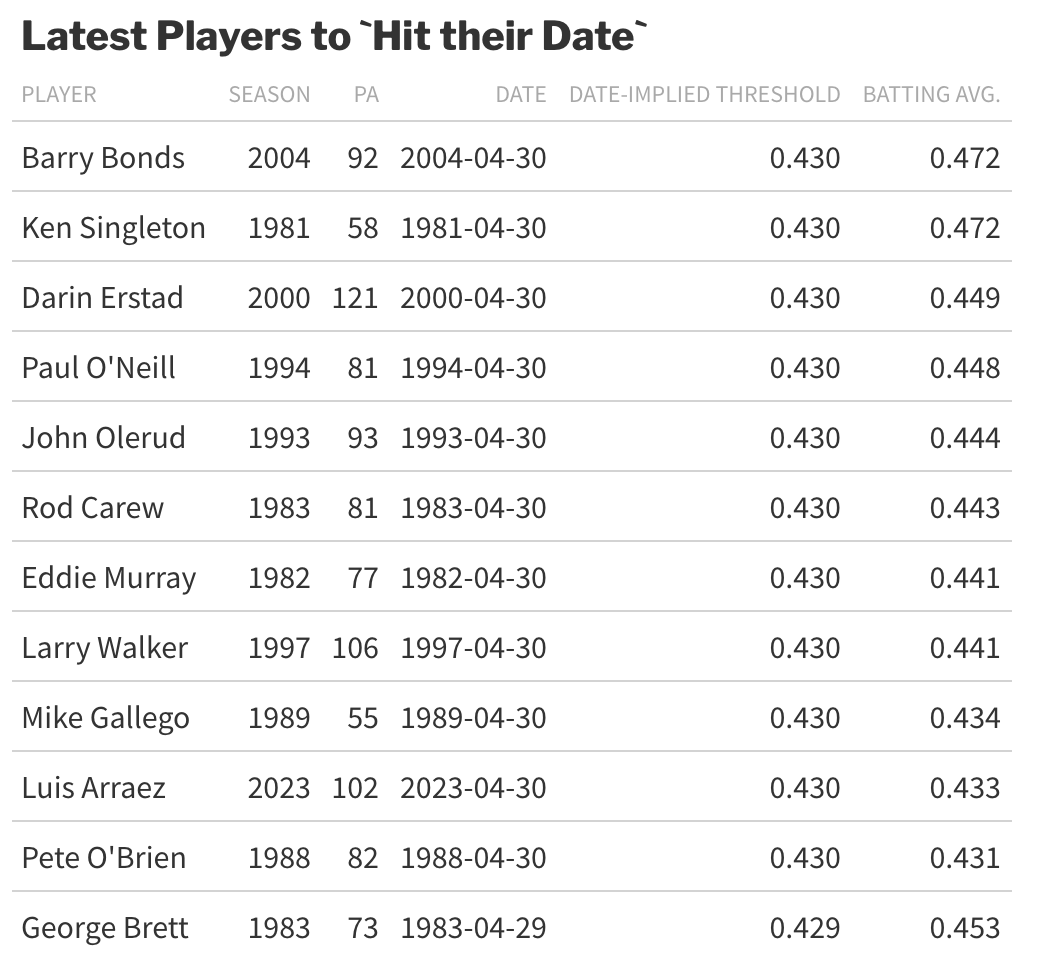Greetings from Oslo, Norway where I’ve come to interview the head of the largest ($1.7 trillion) investment fund world in the world. I hope everyone had a happy April; here is what I learned this month.
Things I Learned
Barack Obama is the only US president post-2000 to drink alcohol; Trump, Biden, and W. Bush all maintain strict sobriety. (h/t)
The English word 'much' and its Spanish equivalent 'mucho' are etymologically unrelated. (source)
Major League Baseball is the only American industry — or sports league — with a judicially created exemption from federal antitrust law, dating to a 1922 ruling that baseball was not interstate commerce. (source)
The Vatican has more Bloomberg terminals than the UK treasury. (source)
At the start of 2025, America held 4.2% of the world’s population, half of its economy, two thirds of global stock-market value, and 9 of the 10 most valuable public companies. (source)
Ciabatta was invented in 1982. (source)
The reason Air France’s logo is a winged seahorse is that at the time (1933) of the merger creating Air France, there was widespread disagreement as to whether airplanes or seaplanes were superior, and the logo was designed to reflect that. (source)
Medicaid paying people to stay at home to take care of relatives accounts for 12% of all private sector jobs in NYC (h/t, source).
The first time a weekend was observed by a company in the US was in 1908, and it was not mandated until 1940. (source)
In the past 30 years, just 6 unique teams have won the English Premier League. (source)
The name "Wendy" was invented by J.M. Barrie for Peter Pan in 1904; it did not exist as a common name before. (source)
Richard Nixon's daughter and Dwight Eisenhower's grandson are married to each other. (source)
In the history of the papacy, no pope had visited the Arabian peninsula before 2019. (source)
Cappuccinos are named after the light brown color of the hooded robes word by friars and nuns of the Capuchin order. (source)
In the US, municipal solid waste — i.e., the technical term for what most people think of when they hear the word garbage (kitchen wastebasket, curbside trash can, etc) —accounts for, at most, 3% of the nation’s waste stream. (source)
Some Useless Data Analysis
As some of you know, I enjoy sports statistics (so much so that I spent some time during my PhD working for the New York Yankees). I particularly enjoy thinking through statistics that don’t mean anything, whether that’s how to weight different types medals in the Olympics, how frequently gimmicky sports promotions pay out, or (my personal favorite) how many players “hit their weight.” I saw a tweet this week that reminded me of this sort of statistic:
Naturally, I wanted to examine this claim a little bit more systematically. So I did what anyone procrastinating doing necessary life admin on a Sunday morning would do: I pulled Retrosheet play-by-play data using R, calculated each player’s batting average as of each date, and plotted the results:

Obviously, there is a sharp cutoff at the end of April, since the threshold-to-beat jumps 71 points from April 30th (0.430) to May 1 (0.501). Since sports are about superlatives, we might ask what is the maximum date a player has reached while maintaining a batting average larger than the corresponding date. Note that this is a little tricky to answer, because it depends on the minimum number of plate appearances we require a player to have. (To see this, note that at the extreme, a player that has one at-bat all season and obtains a hit will have a batting average of 1.000, and so will “last” up through September 30 (0.930). But this isn’t an “everyday” player.)
Among “everyday” players — which I choose to define as having averaged at least two plate appearances per game their team has played up until that point — the furthest player is not Aaron Judge in 2025, who is going into the last day this month with a batting average of 0.412 (i.e. April 12). Rather — and to no one’s surprise — it is Barry Bonds, whose incredible 2004 season had him batting 0.472 on 92 plate appearances through April 30:
In his defense, Aaron Judge is going into the last day of April with 136 plate appearances, and no other player has “hit their date” with more than 121 plate appearances. In fact, since 1980, only 16 players have ever reached as high a batting average (0.412) on as many plate appearances (136), and the soonest into the season one of those players achieved that was May 20. In that sense, Judge is in a league of his own.
Some Personal News
The highlight of my April was that I successfully defended my dissertation at the University of Chicago 🥳. I guess the immediate change is that I’m now “Dr. Marrow,” which, for now, has mostly materialized as my selecting a different title in the drop-down menu when booking flights. I have many reflections on the PhD (in a post soon to come), but for now I’ll simply express my gratitude to everyone who put up with me along the way, starting with my advisors:




